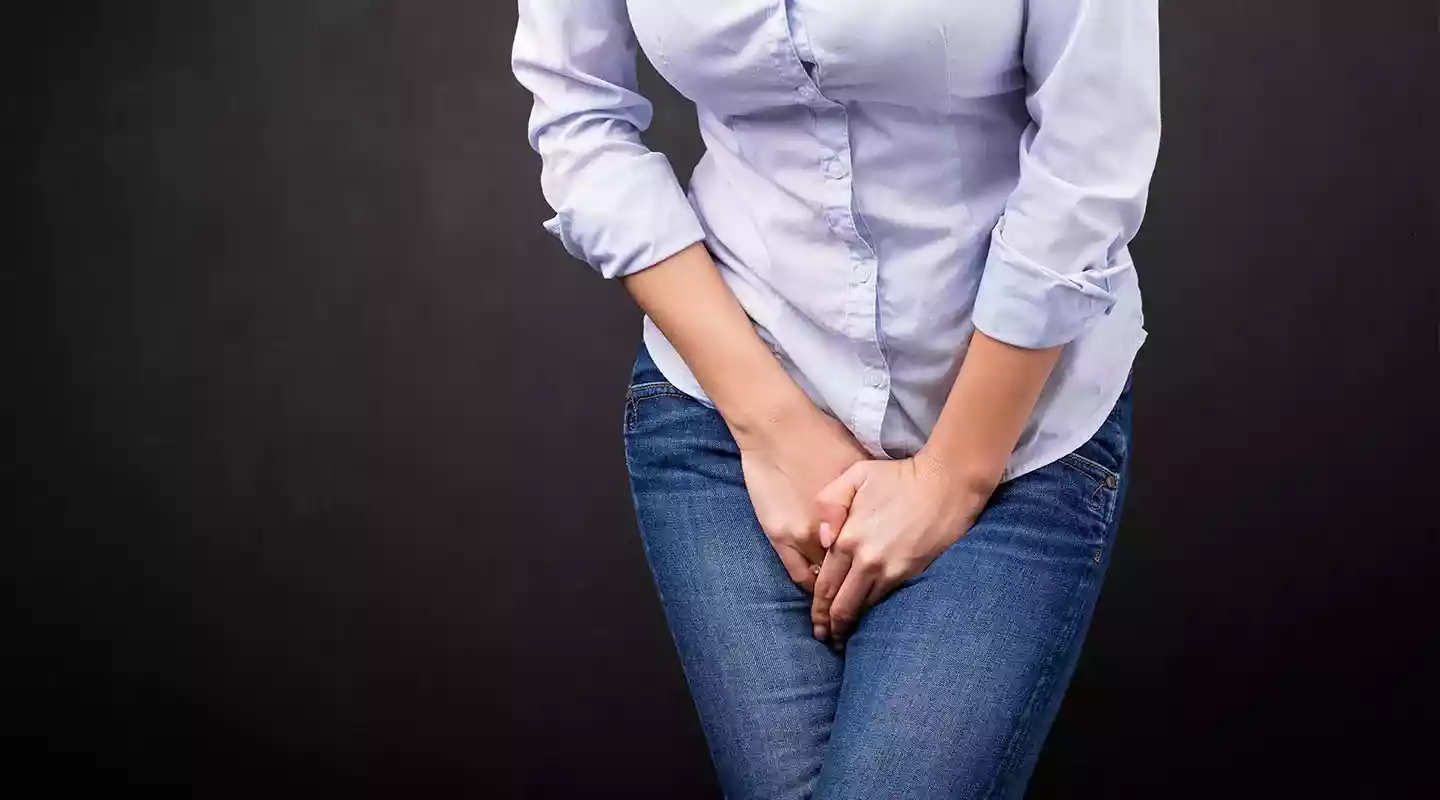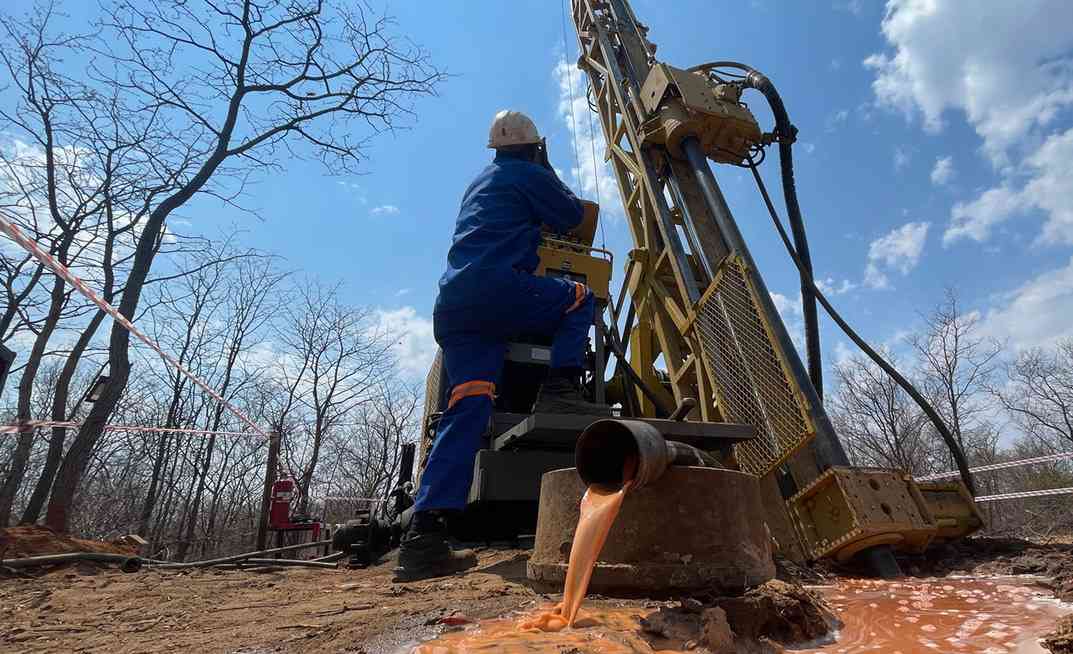
What is urinary stress incontinence?
We define urinary stress incontinence as involuntary leakage of urine on exertion.
In simple terms, it means a person leaks urine or wets their pants when doing such things as coughing, laughing, sneezing or lifting heavy objects. A person generally cannot control that leakage of urine.
Commonly, people often refer to this as a weak bladder. Unfortunately, this is not so, but it is a very common medical condition.
This can be a source of embarrassment and a cause of loss of self-esteem for sufferers.
Affects males and females
Urinary stress incontinence affects both women and men. It affects women much more than men.
This condition affects about 30% to 40% of the female population in America. The condition affects a sizable number of patients in Zimbabwe, though the prevalence is not known.
- Mater Dei nurses scoff at US$10 bonus
- How to deal with urinary stress incontinence
- Sandi-Moyo denied heroine status
- In Conversation With Trevor: Bulawayo eyeing diaspora investors
Keep Reading
This usually occurs after the childbearing age group, which is above 45 years.
Social status
People suffering from urinary stress incontinence often avoid socialising and make adjustments in their lives to follow the convenience of reaching ablution facilities easily.
One of the other problems they may have is a sudden and uncontrollable urge to empty the bladder. In the absence of a nearby ablution facility, the person often spoils their garments and therefore, the embarrassment.
What are the causes?
There are several causes of urinary stress incontinence. These include genital prolapse, advanced age, childbirth (particularly difficult childbirths), and nervous diseases.
Chronic coughing, straining at using the toilet, smoking, excessive consumption of alcohol, caffeine and other fluids, are among other causes.
Sometimes incomplete emptying of the bladder may result in overflow stress incontinence.
Bladder infection can also be a contributor.
Pregnancy itself may result in temporary urinary stress incontinence. Most of these patients will have normal bladder function restored by six weeks after delivery. Some operative procedures done in the pelvis may also trigger urinary stress incontinence.
Clinical features or symptoms
These patients complain of an inability to control urine flow as they engage in the above-mentioned activities.
They are also unable to stop urine flow once it starts leaking, resulting in embarrassment.
They may frequently visit the toilet to pass urine. By far the majority of patients present with one or more or all of these features.
What is to be done?
Anyone experiencing the above problems should seek the advice of a healthcare worker at clinics, hospitals, family practitioners, and specialist facilities.
Healthcare workers are able to assess them, do tests, and give appropriate advice. Patients may need to be referred to specialists, such as urologists and gynaecologists.
These will carry out specialised tests and assessments to determine the actual diagnosis and recommend the appropriate treatment.
Treatment options
There are several modalities of managing patients with urinary stress incontinence; these fall into two dominant groups — namely conservative treatment and surgical treatment.
Conservative treatment involves various lifestyle changes that reduce the risk of urinary leakages. These include weight loss — obesity is associated with an increased risk of urinary incontinence.
Stopping smoking, and drinking alcohol, and caffeinated beverages can improve or cure the condition.
Emptying the bladder before physical activities and alternating jobs or physical activities is another solution, as is the treatment of chronic chest problems to reduce coughing.
Pelvic muscle exercises (Kegel’s exercises) where the individual is taught to pinch their bottom repeatedly every few minutes every day for several weeks if done properly, can result in a cure in about 25% of patients.
Doctors can insert vaginal rings and pessaries to support the pelvic structures in cases of uterus and bladder prolapsing (i.e. uterus and bladder falling out through the vagina).
When the above-mentioned treatment modalities have failed or are deemed unsuitable, surgeons apply the surgical treatment.
There are several operative procedures that can be used to cure urinary stress incontinence. These are mainly for women with the problem.
The most effective surgical treatments are the insertion of the mid-urethral sling system.
These are specialised nylon tape-like strings that are specially placed under the urethra or lower bladder outlet through the vagina to support the outlet and act like valves to prevent urinary leakage.
The procedure is done under spinal/ epidural anaesthetic while the person is fully awake.
They are then adjusted while the patient is coughing to obliterate the leakage.
This system is readily available locally at Mater Dei Hospital. The hospital admits patients, allows them to have the procedure, and enables them to be discharged the same day or the following day.
There is a very high cure rate and patient satisfaction from the sling operations.
Urinary stress incontinence is not uncommon in our population.
The condition has serious economic, social, and personal consequences for the sufferer. It is commonest in elderly women. We encourage sufferers to seek healthcare early.
There are various modalities of treatment of which Kegel’s exercises and suburethral slings are very effective.
- Francis Chiwora is a specialist obstetrician and gynaecologist, and senior lecturer at the National University of Science and Technology Medical School. He is the acting clinical director at Mpilo Hospital in Bulawayo.










